Original and audacious take on the Joker is compelling viewing
Joaquin Phoenix won a best actor Oscar for the 2019 prelude to this film, and there is every chance he will go back-to-back with his tour de force performance in this astonishing sequel.
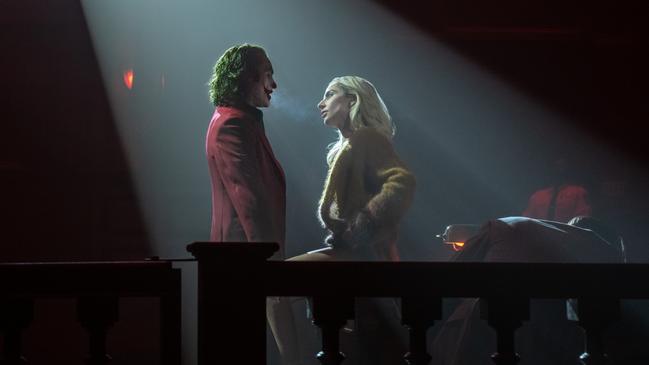
Todd Phillips’ Joker: Folie a Deux puts its star, Joaquin Phoenix, on the cusp of thespian history. Phoenix won a best actor Oscar for the 2019 prelude to this film, Joker, and there is every chance he will go back-to-back with his tour de force performance in this astonishing sequel.
No actor has won two acting Oscars for the same role. (Howard Russell did receive two — best supporting actor and an honorary one — for William Wyler’s 1946 post-war drama The Best Years of Our Lives, one of my favourite films). A handful have been twice nominated for playing the same character, including Cate Blanchett as Queen Elizabeth I in Elizabeth (1998) and Elizabeth: The Golden Age (2007). But no-one has collected twice.
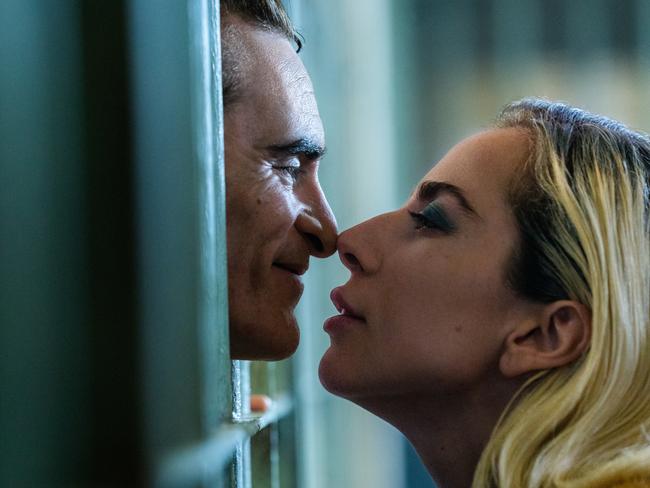
To add to the possibilities, if Phoenix does win, it will be a treble for the DC Comics villain Joker, with Heath Ledger winning a posthumous Oscar for Christopher Nolan’s 2009 Batman movie, The Dark Knight. The 2025 Academy Award nominations will be announced on January 17.
Joker received 11 Oscar nominations, including for best picture, best director and best script and earned more than $US1bn at the box office. With such success, there would be a temptation to make a more-of-the-same Joker 2.
Phillips has not and I admire him for that. Instead he made a sequel that is strictly conventional and strikingly unconventional at the same time.
The setting is two years after the first film, in which wannabe comedian Arthur Fleck (Phoenix), costumed and made-up as Joker, killed five people. He is an inmate at a hospital for the criminally insane in Gotham City.
The plot unfolds in two parts: first, Arthur in the asylum, preparing for his trial, and second, the trial itself. His defence is that he has a childhood trauma-induced split personality. He did not kill people; the “killer clown” did.
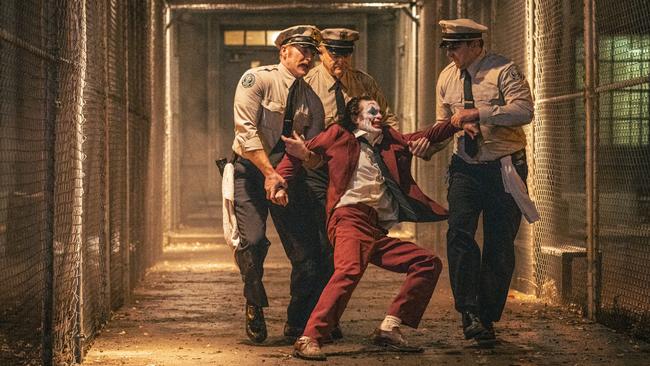
Phoenix, cadaverously thin and largely silent while incarcerated, commands the screen every second he is on it. The guards, led by Jackie Sullivan (Brendan Gleeson), ask him to tell jokes and “put on a happy face”.
The camerawork — American cinematographer Lawrence Sher, Oscar nominated for Joker — moves from darkness to light and returns. Look for an early scene, shot from above, where four guards with brightly coloured umbrellas walk an uncovered Arthur through the pouring rain to meet his lawyer (Catherine Keener).
Soon after, Arthur is allowed, under escort, into the minimum security wing to join a music group. Here he meets a fellow inmate, Harley Quinn (Lady Gaga), who, on seeing him, puts her fingers to her head like a gun and pulls the trigger. They click. They are the folie a deux of the subtitle: a shared madness.
That is the conventional part: mental hospital degradations and courtroom drama. The unconventional part, aside from the French subtitle, is that this movie is a semi-musical. Gaga and Phoenix sing popular 50s and 60s songs such as That’s Life, That’s Entertainment and For Once In My Life, the sort of tunes Arthur’s abusive mother would have listened to.
How can singing and dancing be included in this grim institutional and reserved courtroom environment? One possible answer is that one of the settings is a lunatic asylum. But the main way is through Arthur imagining and dreaming the elaborate song and dance moments. And it is here where we see Joker far more than we do in real life.
The director, as he did in the first film, makes this a story about Arthur Fleck, a deeply troubled ordinary man. This is a superhero film with no superhero. Batman is not mentioned. There is an Easter egg for Batman fans, though, in Two-Face villain Harvey Dent (Harry Lawtey) being the district attorney who prosecutes Arthur.
The song scenes are visually and aurally spectacular. From Lady Gaga bringing her full voice to the 1961 song Gonna Build a Mountain to Phoenix angrily rasping The Joker, a song popularised by Shirley Bassey.
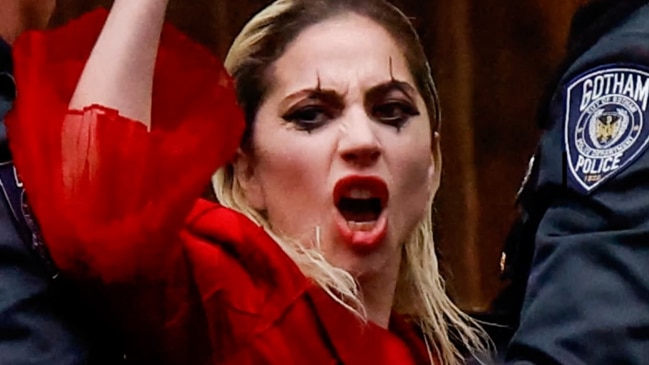
Full credit to the Icelandic musical director Hildur Guonadottir, who won an Oscar for Joker.
The director brings home the conventional movie with three significant twists, the final of which suggests a definite end to something old and a possible start to something new.
This is a remarkable film. Its originality and audacity, along with the extraordinary lead performance, are what, for this viewer, keeps movie-making alive.
Joker: Folie a Deux (MA15+)
138 minutes
In cinemas




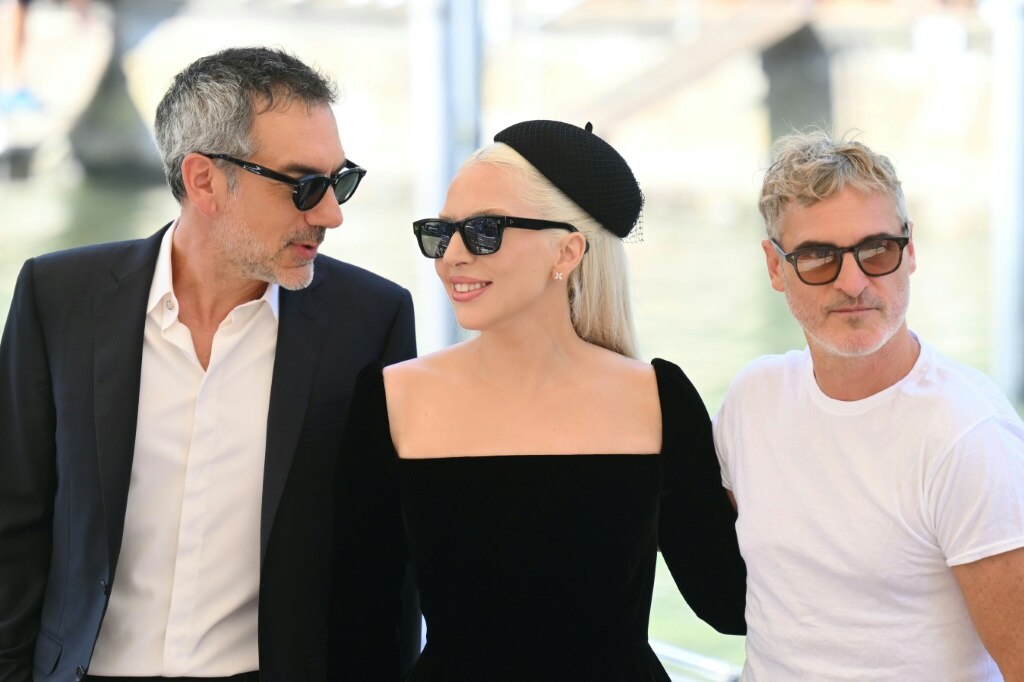
To join the conversation, please log in. Don't have an account? Register
Join the conversation, you are commenting as Logout